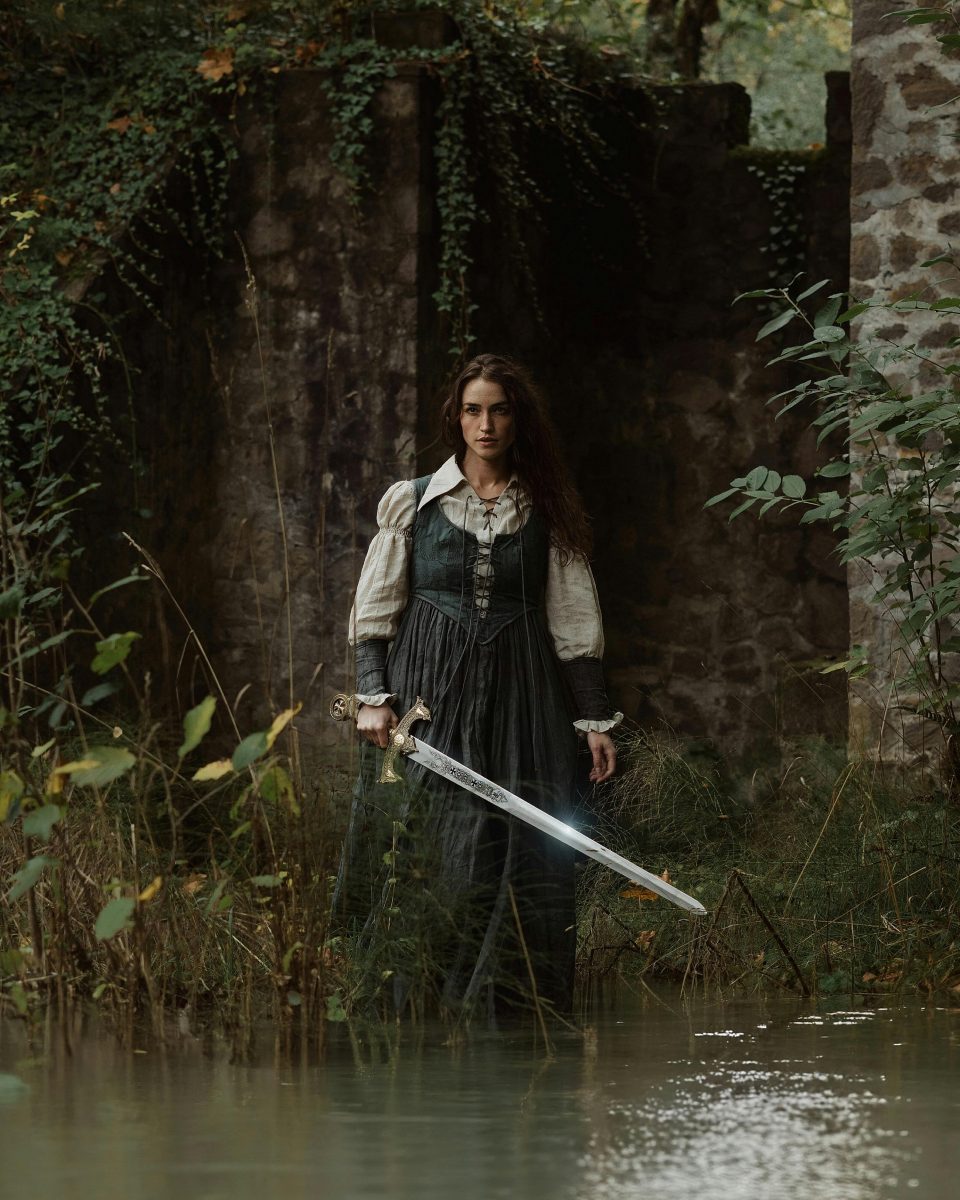The halfling rogue Bree Greenbottle and her companions race through Neverwinter Wood, pursued by an army of orcs. A javelin whistles past Bree’s ear. Needles, sharp as thorns, rain down from the monstrous vine blights flanking the orc horde. With a mischievous grin, Bree darts deeper into the forest, leading her pursuers on a merry chase and buying her friends time to escape.
Does this sound more exciting than another slog through combat? If your D&D or TTRPG campaign could use a jolt of creativity, skill challenges might be just the thing!
What Are Skill Challenges?
Skill Challenges are a collaborative way to resolve encounters using character skills instead of combat. This mechanic first appeared in D&D 4th Edition, and while you won’t find it in the 5e DMG, it’s easy to incorporate into your game. I first learned about them from a fantastic Matt Colville video, and now I want to share the magic with you.
With Skill Challenges, everyone at the table gets a moment to shine. Each character uses their skills creatively to contribute to the group’s success, making it a team effort with high stakes and lots of variety.
How Do Skill Challenges Work?
Let’s break it down step by step:
1. Set the Challenge Difficulty
Before the session, decide how many successes the party needs to “win” and how many failures they’re allowed before they “lose.”
- Easy: 3 successes
- Medium: 5 successes
- Hard: 6+ successes
For failures, 3 is a solid default. Adjust this only if you want to tweak the difficulty further.
In my recent game, the goal was to outrun an orc horde and warn a nearby settlement of an impending raid. I set the bar at 6 successes and allowed up to 3 failures, aiming for a tough but fair challenge.
2. Announce the Challenge
Explain the rules to your players. Share the goal, the number of successes and failures, and a few example skills they might use. Encourage them to get creative—this is their chance to think outside the box!
3. Take Turns
Go around the table and let each player describe what they’re doing to contribute. The DM sets the difficulty class (DC) for each skill check, usually between 12 and 15, and players roll a d20, adding their skill modifier.
Keep cycling through the group until they either succeed or fail overall.
Adding Extra Risk
Want to crank up the tension? Add environmental hazards or enemy attacks. During my forest chase, I let orcs and vine blights take shots at the players after each turn. Missiles flew, needles rained down, and the players felt the pressure—but this is optional.
Creative Ways to Use Skills
Here are some fun examples to inspire your players:
- Athletics: Climb trees and escape through the forest canopy.
- Nature/Survival: Find hidden trails to outmaneuver pursuers.
- Perception: Spot hazards ahead and lure enemies into them.
- Stealth: Vanish into the undergrowth to lose your pursuers.
- History: Recall an ancient text that reveals a secret escape route.
Even unconventional skill uses can work. In my game, the rogue used Deception to trick the orcs into chasing her down a false trail. The rules don’t strictly allow this, but it fit the narrative and added to the fun.
Why Use Skill Challenges?
Skill Challenges bring:
- Variety: Break free from combat-heavy encounters.
- Collaboration: Every character has a role to play.
- Creativity: Players explore new facets of their characters.
Tell Me Your Stories!
I’d love to hear about your Skill Challenges—especially the hilariously disastrous ones. Share your stories in the comments, and let’s celebrate the creativity and chaos of D&D.
If you purchase any products linked on our website, we may receive an affiliate commission.

